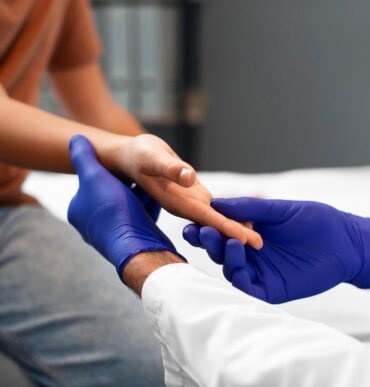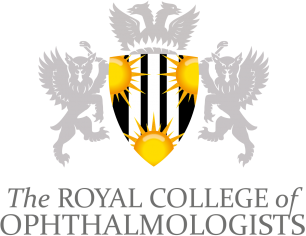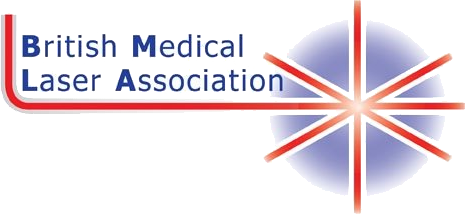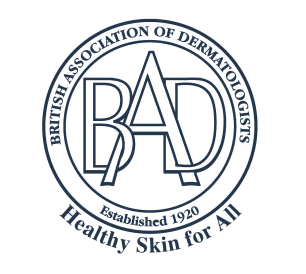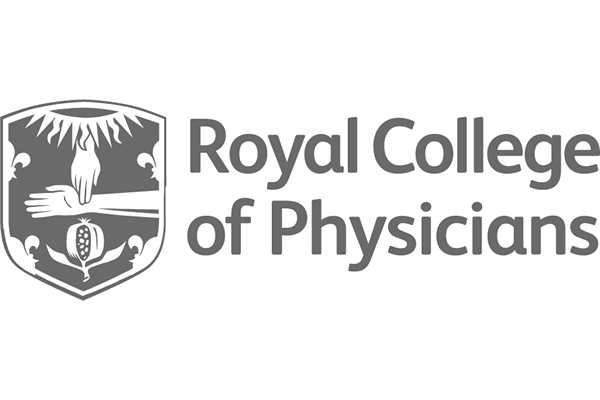Wound healing is a complex and vital natural process influenced by a range of internal and external factors. The more you know about it, the more you can influence, control, and even expedite the process for faster and more effective recovery. This guide explores the different stages of wound healing.
What are the stages of wound healing?
Wound healing happens in stages – the initial response followed by additional phases of repair and recovery. As for how many stages of wound healing are there, there are primarily four. Becoming familiar with these stages will help you understand how your body responds to wounds and injuries, as well as how you can support it.
Factors affecting wound healing
The various stages of the wound healing process can last for differing amounts of time, depending on various factors which can both hinder and hasten the process. This is why certain people seem to heal faster than others, or you might find that your wounds take longer to heal as you age. The sections below will list some of these key factors.
Factors that help with the process
- Good Circulation: Strong blood flow helps deliver oxygen and nutrients to wounds and injury sites, promoting faster healing.
- Healthy Nutrition: A good diet improves bodily processes, like immune responses and healing, and provides your skin with the nutrients it needs for strength and health.
- Proper Hygiene: helps you avoid introducing dirt and germs into the wound, which can delay the healing process.
- Not Smoking: This helps with blood flow and oxygen delivery to your wound, as non-smokers typically have superior circulation and respiratory health.
- Thorough Wound Care: Caring for a wound enables the body to clean and repair itself. You can ease the burden on your immune system by cleaning and disinfecting wounds.
You can help wounds heal by staying hydrated, eating a balanced diet, dressing wounds properly, and avoiding smoking.
Factors that delay wound healing
- Chronic Health Conditions: Conditions like diabetes can slow the healing process.
- Infection: If germs enter a wound and multiply, they may delay the healing process and infect the wound.
- Smoking: Smoking restricts oxygen and blood flow to the wound, impeding healing.
- Malnutrition: A poor diet could impair multiple bodily processes and systems, like the immune system.
- Stress: Stress can interfere with immunity and the necessary processes for cell growth and repair.
Maintaining controlled conditions, cleaning wounds, and remaining calm all contribute to the faster healing of wounds. Remember, also, to seek medical advice if wounds are not healing as they should.
Surgical needling and radiofrequency microneedling
Surgical needling and radiofrequency microneedling are techniques in which fine needles are used to create very light, superficial wounds on the skin’s surface. This triggers the stages of wound healing, with the body then producing key proteins, such as collagen, to restore and repair the damage.
The excess collagen helps to strengthen the skin, improving appearance and texture. This can also lead to scars appearing smoother, flatter, and less visible overall.
Scar massage and hydration
Physically massaging scars and applying hydrating creams and lotions may also aid with healing and recovery. The correct massage techniques can help loosen tight or firm scars, as well as flatten and smooth those that are raised or bumpy.
This works best early in the scar formation process, while the tissue is still developing. However, even on old scars, scar massage and hydration can be useful complementary treatments, best employed in conjunction with other methods, like microneedling or laser therapy.



